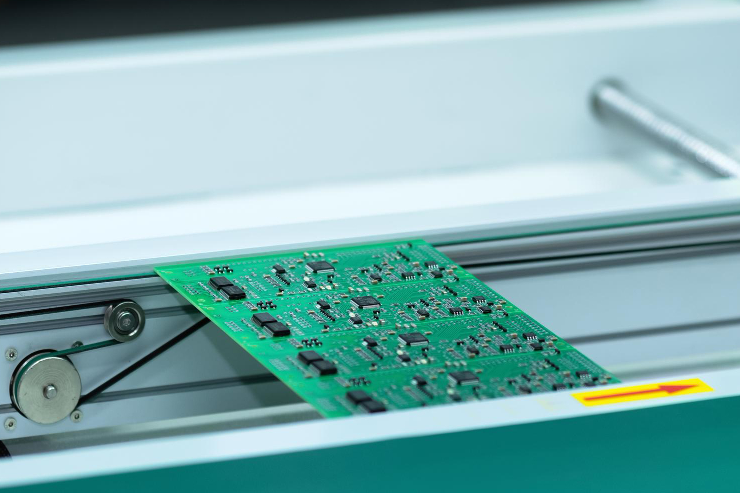Christmas Tree Blog
- ameyplasticstlc
- Dec 8, 2023
- 3 min read
‘Real’ vs. Plastic Christmas Trees: Understanding the Environmental Impact
As the festive season arrives, many of us face that annual dilemma: should we choose a ‘real’ or a plastic Christmas tree? While traditions vary, the environmental impact of this choice is a growing concern for many. In this blog, we thought we’d delve into the question: How long do you need to keep a plastic Christmas tree to make it more environmentally friendly than buying a ‘real’ one each year? Can it be more environmentally friendly to go for a plastic Christmas tree? Read on to find out…

The Life Cycle of ‘Real’ Christmas Trees
Growing Phase
‘Real’ Christmas trees are typically grown on farms and during their growth, they absorb carbon dioxide from the atmosphere. However, this positive aspect must be weighed against the use of pesticides and fertilisers, and the land dedicated to tree farming that might otherwise support biodiversity.
Transportation
Transportation of real trees, often over long distances, adds to their carbon footprint. Clearly the emissions associated with their transportation does vary depending on the distance from the farm, to the location you purchase it from, to your home.
End of Life
At the end of its life, a ‘real’ Christmas tree is biodegradable and can be recycled or composted, reducing its environmental impact.
The Life Cycle of Plastic Christmas Trees
Manufacturing
Plastic trees are typically made from PVC and other materials that require significant energy to produce, along with emitting various pollutants. The manufacturing process is energy-intensive and contributes to greenhouse gas emissions.
Transportation
Plastic trees often travel long distances from manufacturing sites, typically in China, to retailers worldwide, adding further to their carbon footprint.
Usage and Longevity
The key to a plastic tree's relative environmental friendliness though lies in its longevity. The longer you use the plastic tree, the more you amortise its initial environmental cost.
Disposal
Unlike real trees, plastic trees are not biodegradable. Disposal is problematic as they tend to end up in landfills, contributing to long-term pollution.
Comparative Analysis
So, when you take all these factors into account, it feels like ‘real’ trees must be more environmentally friendly, no? Before you rush out to purchase that ‘real’ Christmas tree, hold on for one minute, because it might not be quite so clear cut…
Time Is The Critical Factor
Studies suggest that a plastic tree needs to be used for at least 8-10 years to be more environmentally friendly than buying a ‘real’ tree annually. This timeframe accounts for the manufacturing and disposal impacts of the plastic tree.
Break-Even Point
Experts point out that the break-even point can vary though. The longer the plastic tree is used, the more environmentally friendly it becomes when compared to the annual purchase and disposal of a real tree.
So, when it comes to plastic vs ‘real’, time is the key factor.
There are also other factors to consider too
Local Economy
Purchasing a real tree can support local farmers and businesses, contributing to the local economy.
Health Concerns
Some plastic trees contain chemicals that can be a health concern, particularly if they are old or of lower quality.
Emotional and Aesthetic Factors
The choice between ‘real’ and plastic trees often comes down to personal preference, tradition and aesthetics.
Making an Informed Decision
The debate between ‘real’ and plastic Christmas trees is not as straight forward as some might think, with environmental, economic, and personal factors all playing an important role.
When choosing your Christmas tree, consider your usual practices, the potential for long-term use of a plastic tree, and the disposal options available in your area.
Whatever Christmas tree option you decide to go for, the Amey Plastics team would like to wish you season’s greetings and a very happy New Year! See you in 2024.










Comments